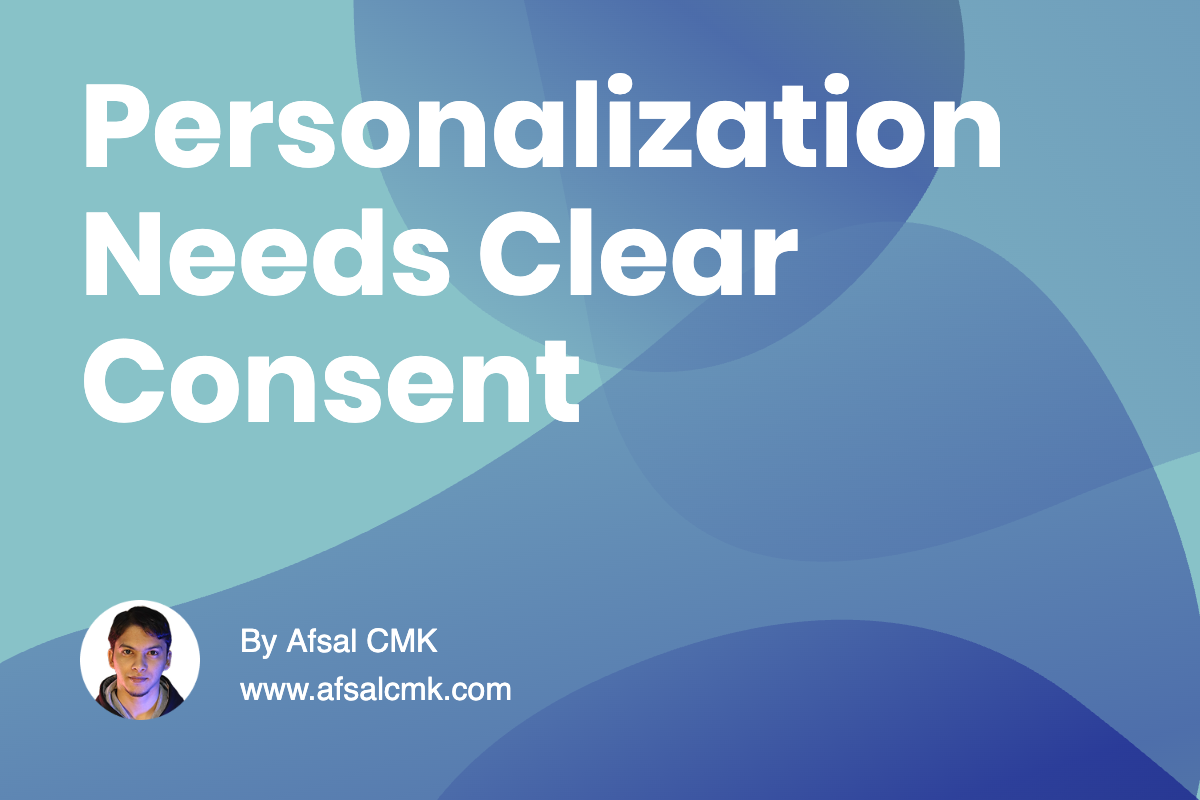
Personalization Needs Clear Consent
I love tailoring experiences, but I’ve also seen where it can cross the line. The problem is simple: products often jump straight to hyper-personalization without explaining the why or asking for permission. What feels efficient on the product side can feel invasive to the user. Instead of being delighted, people start feeling watched-and that’s where helpful quickly becomes creepy.
The solution is to treat consent like a design feature. It’s not a legal checkbox buried in a flow; it’s a user experience choice that needs clarity, visibility, and control. When we design consent as part of the product, trust grows naturally. The key is to make it clear, optional, and reversible-then personalize with restraint.
In practice, that means explaining benefits in plain language before asking, giving people control with granular toggles and easy undo, and limiting data collection by default while expanding only with explicit consent. These aren’t just best practices-they’re signals that respect the user’s agency and build comfort over time.
Comfort builds trust, trust earns data, and data-used wisely-delivers value in an ethical way. The balance comes from respecting the user’s sense of control and choosing personalization only when it genuinely adds to their experience. Anything else isn’t smart design, it’s overreach.
What I’ve learned is that good personalization doesn’t start with algorithms or data pipelines-it starts with empowered privacy. When users feel ownership over their choices, the result is more than compliance. It’s confidence. And confidence is what makes personalization sustainable and human-centered instead of unsettling.